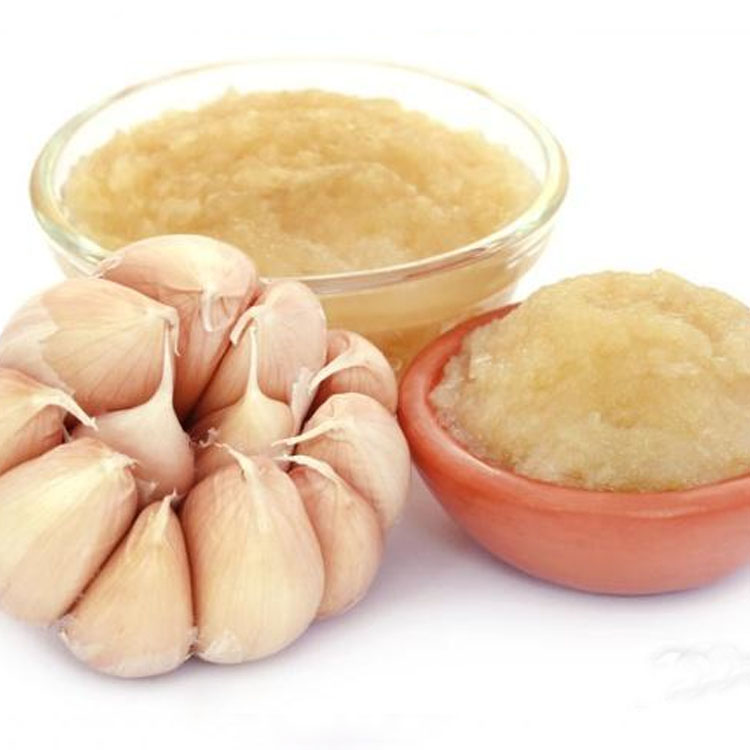
The Dutch had Tulip mania in the 17th century, but the Chinese are grappling with a bubble in a bulb of a more pungent sort: garlic.
Prices have almost doubled in the past year to a record as poor weather and a surge of interest from speculative buyers has turbocharged the market. Given China accounts for more than 80 per cent of the world’s garlic exports, importers are struggling.
“I’ve just come back from China and you can’t buy [any garlic] now,” said Joey Dean of Denimpex, a fruit and vegetable trader in Amsterdam, “Big speculators with big amounts of money have bought quite a lot of volume.”
There no garlic futures in China, but the renminbi price for the physical product started to rally in late 2018 after heavy rains, then snow, damaged the Chinese crop planted for the 2019 harvest. The jump in the price to a record drew in speculative buying, fanning the upward surge, according to analysts.
Garlic is predominantly grown in Shandong, an eastern province in China. Expectations of poor harvests have previously led to hoarding by locals, but money from Beijing and other large cities is now flowing into the market, according to Cui Xiaona, analyst at Sublime China Information Group, a commodity information service.
“This year many people knew that the garlic harvest was poor, so they thought, ‘well, I make money out of the price difference’. So many rushed to stock up on garlic,” she said.
Efforts by Chinese authorities to stabilise the country’s stock market by imposing curbs on equities trading last year has resulted money flowing instead into a wide range of commodities.
Garlic growers and merchants are no strangers to a rollercoaster ride. In 2009 and 2010, prices soared after speculators bought up bulbs following smaller planted acreage and a belief garlic would ward off swine flu. Prices are now higher than those seen between 2009 and 2010, according to Mintec, the commodities data firm.
The situation is even more acute in dried garlic, which is easier to store than fresh bulbs. Stricter environmental regulation has also meant that many processing factories have been taken out of commission, further reducing dried garlic supplies, according to Vinayak Narain, senior vice-president at agricultural trader Olam’s spices and vegetable ingredients business.
China accounts for almost 90 per cent of the world’s dried garlic exports that are mainly used in food manufacturing. The Chinese supply shortage has coincided with a shortfall in the crop in the US, another leading supplier.
Traders expect prices to remain firm in the near term.
“If the next harvest is normal you are going to see this rollercoaster come down by the end the second quarter next year, said Mr Narain.
